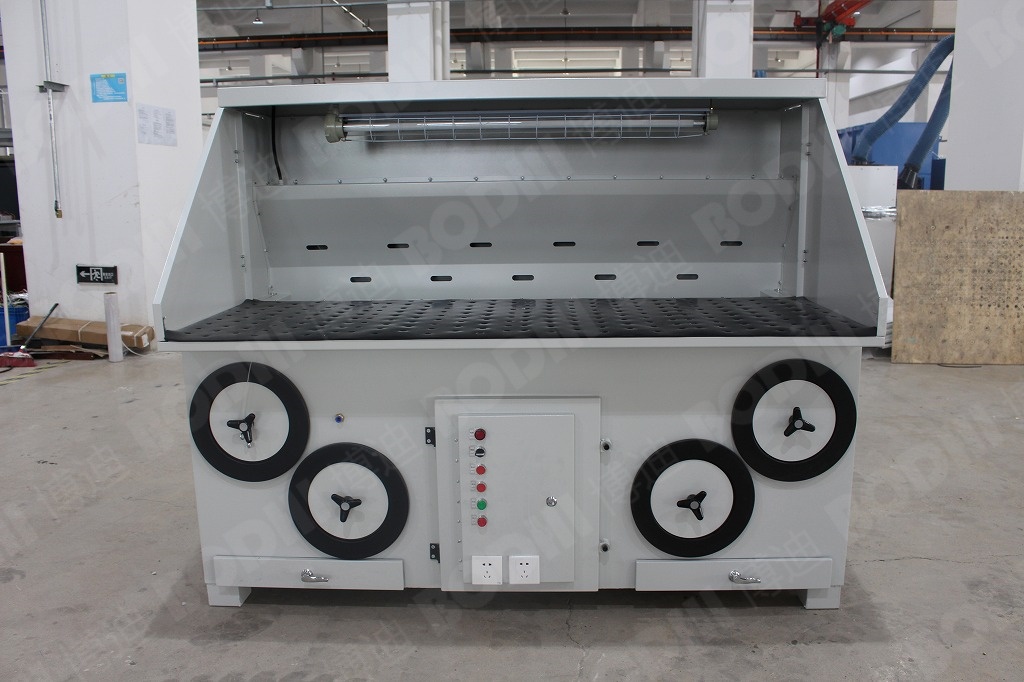Mastering the Art of Troubleshooting: The 7 Essential Steps for Effective Problem Resolution
In today's fast-paced and technology-driven world, troubleshooting has become an indispensable skill across various industries. Whether you are an IT professional, a mechanic, or a project manager, the ability to identify and resolve issues efficiently can significantly enhance productivity and minimize downtime. This article delves into the seven essential steps of troubleshooting, providing a comprehensive guide to mastering this critical process.
Step 1: Identify the Problem
The first step in troubleshooting is to clearly define the problem. This involves gathering information from various sources, including user reports, system logs, and error messages. Effective problem identification requires active listening and questioning to understand the symptoms fully. It is crucial to differentiate between the actual problem and its symptoms, as addressing the wrong issue can lead to wasted time and resources.
Step 2: Establish a Theory of Probable Cause
Once the problem is identified, the next step is to formulate a theory regarding its probable cause. This involves analyzing the information gathered in the first step and considering potential factors that could contribute to the issue. Utilizing tools such as the 5 Whys technique can help drill down to the root cause. At this stage, it is essential to remain open-minded and consider multiple possibilities, as premature conclusions can hinder the troubleshooting process.
Step 3: Test the Theory
With a theory in place, the next step is to test it. This involves implementing a solution based on the identified cause and observing the results. It is crucial to document each action taken during this phase, as this information can be invaluable for future reference. If the initial theory does not resolve the issue, it may be necessary to revisit the previous steps and consider alternative causes.
Step 4: Establish a Plan of Action
Once a viable solution is identified, the next step is to develop a plan of action. This plan should outline the specific steps required to implement the solution effectively. Considerations such as resource allocation, timeframes, and potential impacts on other systems or processes should be taken into account. A well-structured plan not only facilitates a smoother implementation but also helps in managing stakeholder expectations.
Step 5: Implement the Solution
With a plan in place, it is time to implement the solution. This step requires careful execution to ensure that the issue is resolved without introducing new problems. Communication is key during this phase, as stakeholders should be kept informed of progress and any potential disruptions. It is also advisable to conduct the implementation during off-peak hours to minimize the impact on operations.
Step 6: Verify Full System Functionality
After implementing the solution, it is essential to verify that the system is functioning correctly. This involves conducting tests to ensure that the issue has been resolved and that no new problems have arisen. Monitoring system performance and user feedback during this phase is crucial, as it provides insights into the effectiveness of the solution. If any issues persist, it may be necessary to revisit earlier steps and refine the approach.
Step 7: Document the Process
The final step in the troubleshooting process is to document the entire procedure. This documentation should include details about the problem, the theories considered, the solution implemented, and the outcomes observed. Comprehensive documentation serves multiple purposes: it provides a reference for future troubleshooting efforts, aids in knowledge transfer among team members, and contributes to continuous improvement initiatives within the organization.
Conclusion
Mastering the seven steps of troubleshooting is essential for professionals across various fields. By following this structured approach, individuals can enhance their problem-solving skills, reduce downtime, and improve overall efficiency. Troubleshooting is not merely about fixing issues; it is about understanding systems, analyzing data, and implementing effective solutions. As technology continues to evolve, the ability to troubleshoot effectively will remain a vital competency in any professional toolkit.




